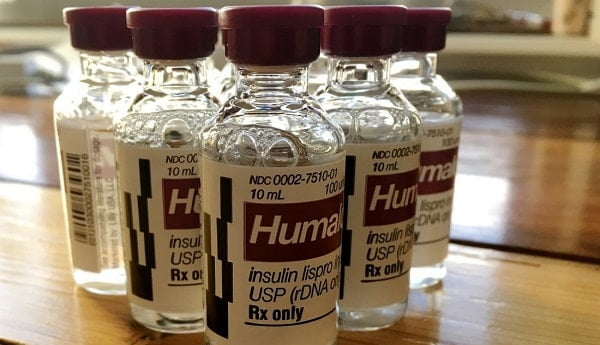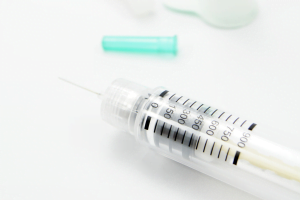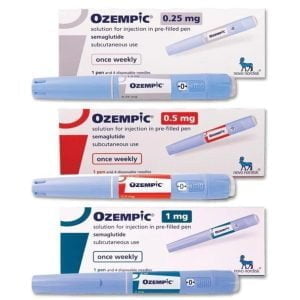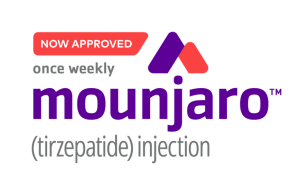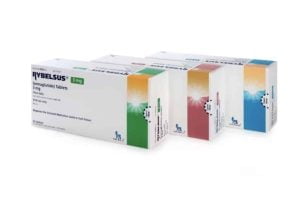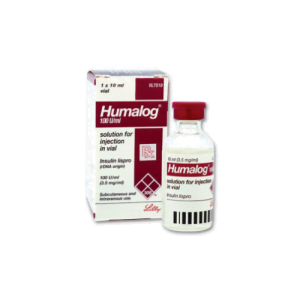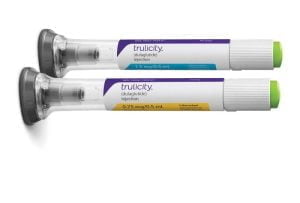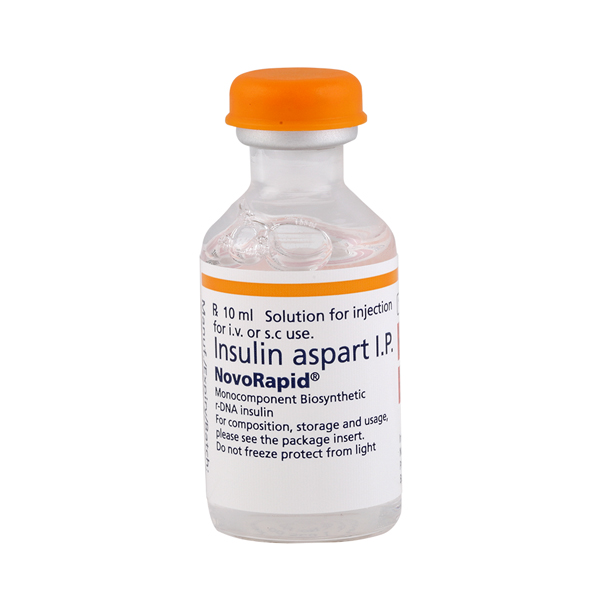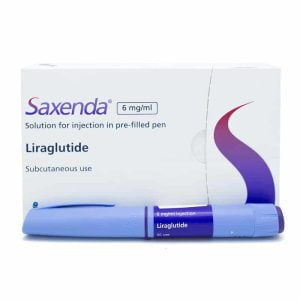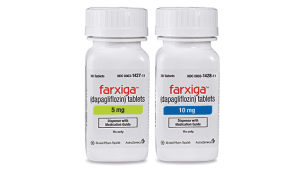What is Insulin?
Essentially recognized as a form of peptide hormone, insulin is used in providing medical therapy to people living with diabetes. This hormone is naturally produced in the pancreas, an organ located in the abdominal part of the body. Without enough insulin, the body develops high blood sugar levels, enabling diabetes mellitus. It helps in maintaining the status of the blood glucose, even converting sugar into a form that the body needs, such as energy.
Insulin has five main types. The type of insulin that a diabetic individual will get depends on the severity of his/her condition. These types are as follows:
- Rapid-acting insulin
- Short-acting insulin
- Intermediate-acting insulin
- Long-acting insulin
- Ultra-long-acting insulin
While there are different types of insulin available in the market today, their prices are high and expensive. While there may be government programs that can help in aiding impoverished diabetic individuals, their supply of insulin is limited. It is mainly because of the cost, and there is no generic insulin available even today. Given this situation, how can we resolve the need for more insulin that affected people require? What are the alternatives that diabetic individuals can take advantage of despite the absence of single generic insulin? Read on to learn more.
Absence of Generic Insulin
When you say generic, it literally means unbranded or untrademarked. When applied to medicines or drugs, it refers to a type of medication that has similar ingredients to a branded drug but is cheaper and can be purchased cost-effectively. Generic drugs or medicines are safe and must receive approval from the FDA first before being marketed. It can provide the same positive therapeutic result that its branded version can yield. It contains the same strength and quality that its branded version encompasses.
While generic versions of a lot of medicines are available today, this isn’t the same context or position for different types of insulin accessible in the market. How does this case affect diabetic people, most especially those who cannot support or sustain themselves? The random increase of some insulin products is even more demanding, making it extra difficult for them to afford a single dose.
Technically, there are available insulins that can be purchased at a reasonable price. These products are sold at cheaper prices but may not be as reliable as branded versions. However, these aren’t called generics. Instead, they have been termed copycats of branded forms of insulin. Copycat insulins are identically the same as branded insulins in terms of their chemical properties and efficacy rate.
Formulations of Generic Insulin
With regards to the absence of generic insulin, experts still identify two main formulations of what they believe as “generic” versions of branded insulin. Using these formulations, we can recognize the most effective result of trying to produce and market a cheaper form of insulin medication.
Biologic Formulation
Insulins that are biologically manufactured come with complex structures. The biologic formulation is the modern process used in producing insulin medications available today.
Biosimilar Formulation
A biosimilar end product only happens when a pharmaceutical company copies another pharmaceutical company’s own version of biologic insulin. Technically, this isn’t a generic version but a biosimilar to the branded form. Simply speaking, it is a copy of the biological standard of insulin manufactured from living organisms.
Note that before these insulin products are marketed, they need to pass the assessment and further examination of safe consumption and medicinal security to be performed by the FDA or Food and Drugs Administration. Once manufacturing companies receive a green light, they can market their own version of insulins at a cheaper and lower price.
The Price of Making or Copying Insulin
Manufacturing branded insulin will cost a lot of money. It is the same thing with copying insulin. Due to the complex structures or molecules of biologic insulin, it is not easy to copy it directly. Aside from the equipment, study, and other factors in copying insulin, the money it needs is higher than what it cost in duplicating simple medicines. This alone is the reason why many manufacturing houses of insulin fail to infiltrate the market, with no assurance of having high sales given the amount of money they will need to use in copying insulin.
Aside from the cost of copying insulin, the approval that manufacturing or pharmaceutical companies need from the Food and Drugs Administration is demanding compared to producing generic medicines. The process is described as lengthy and will even require more years to get them to enter the market.
List of Available Copycat Insulins
Since there are no generic insulins, several pharmaceutical companies manufactured copycat insulins for diabetic individuals to purchase and use. While these copycat insulins may not have the same effect as branded versions have, they can still be purchased at a lesser price. Below is the list of available copycat insulins that you can buy today.
Insulin Lispro
Originally manufactured by Eli Lilly, Insulin Lispro is a type of short-acting insulin derived from its branded version Humalog. Insulin Lispro is considered authorized generic insulin by the Food and Drugs Administration. In terms of pricing, Insulin Lispro costs $137 per vial, which is about 50% lower than its original version.
Insulin Aspart
Also available as insulin aspart mix, this product is manufactured by Novo Nordisk. It is a type of fast-acting insulin derived from its original version Novolog. In terms of pricing, Insulin Aspart costs $144.68 per 10mL vial, which is about 50% lower than its original version.
Basaglar
Initially introduced by Lilly and Boehringer Ingelheim, Basaglar is long-acting insulin and costs 15% lesser than its original version Lantus. Diabetic individuals who cannot afford the branded version can always buy Basaglar or apply for different diabetes insurance plans under the government.
Semglee
Also known as glargine, Semglee was initially introduced by Mylan and Biocon. It is also another type of long-acting insulin derived from its branded version Lantus. Its price is not yet finalized. In terms of its effectiveness and efficiency, children who are 6 years old to 15 can take this insulin. It is also very effective for treating type 1 and 2 diabetes.
Admelog
Initially introduced by Sanofi, Admelog is another biosimilar form of Humalog. In terms of pricing, it costs 15% lesser compared to its original version. Diabetic individuals who cannot afford the branded version can always buy Basaglar or apply for different diabetes insurance plans under the government.
With the availability of these insulin copycats, people living with diabetes can take advantage of the affordable costs of these products. However, if there is no means for them to buy one single dose of any of these products because of lack of financial support, they can apply for assistance from the government.
There are financial aid programs of the government that diabetic individuals can access freely. As long they are qualified for the said programs, they will receive a monthly allowance in purchasing what their healthcare professional has prescribed them. Furthermore, to ensure that their treatment becomes a success, they must still follow the directives and instructions given by their physician, such as monitoring their blood sugar levels regularly. Doing so will help them recover fast and prevent other health complications from emerging.
You can buy branded insulin online at Canadian Insulin!


